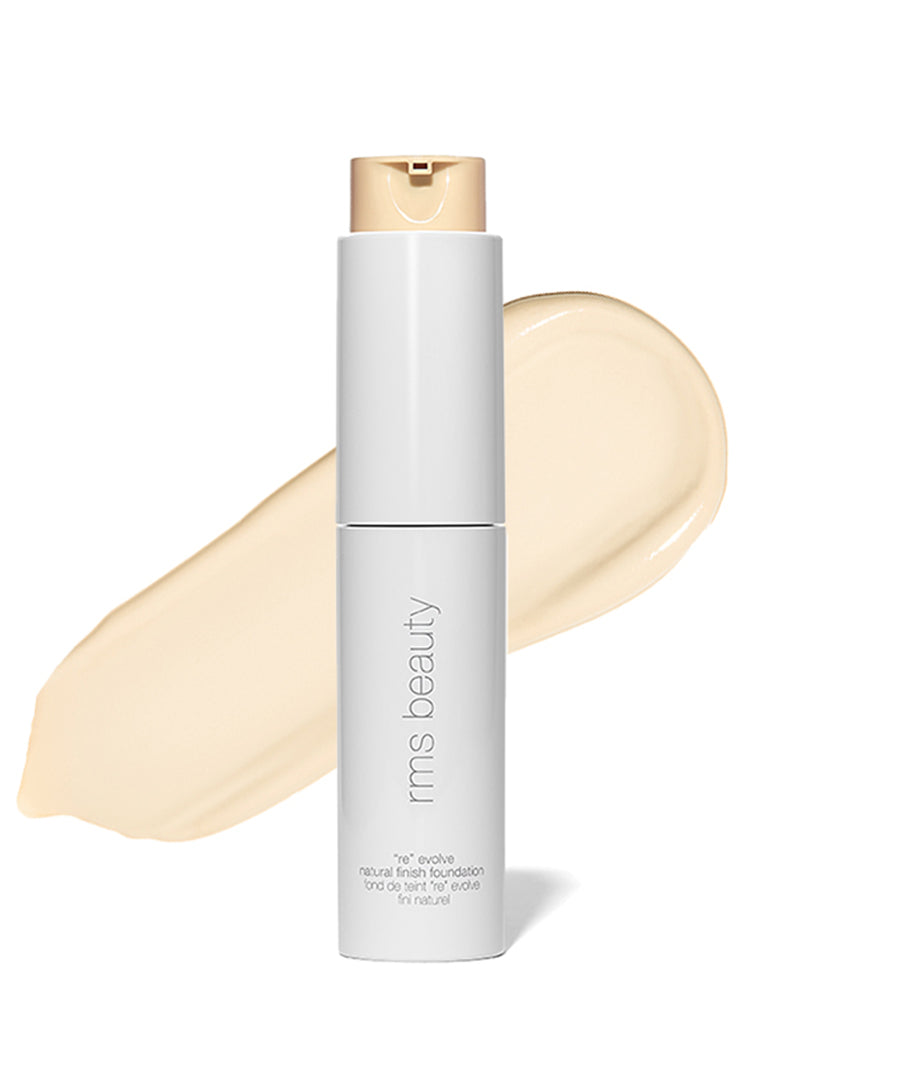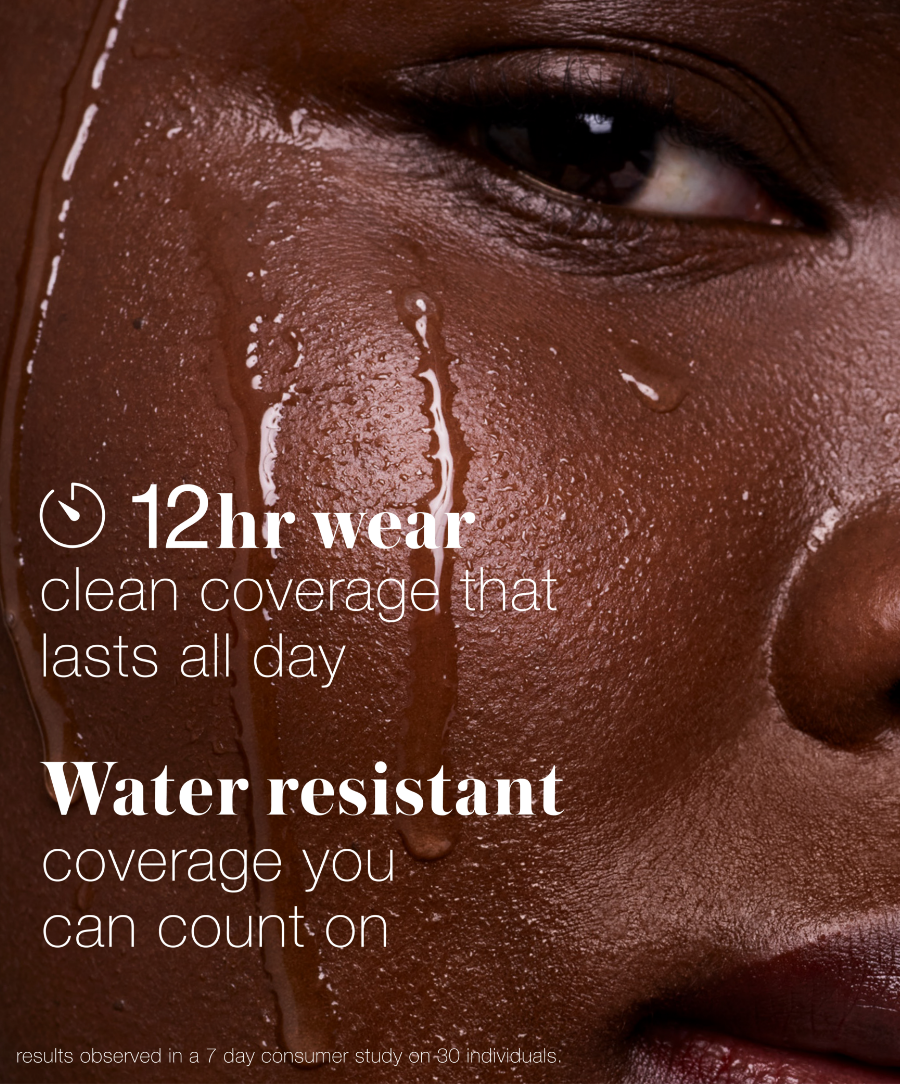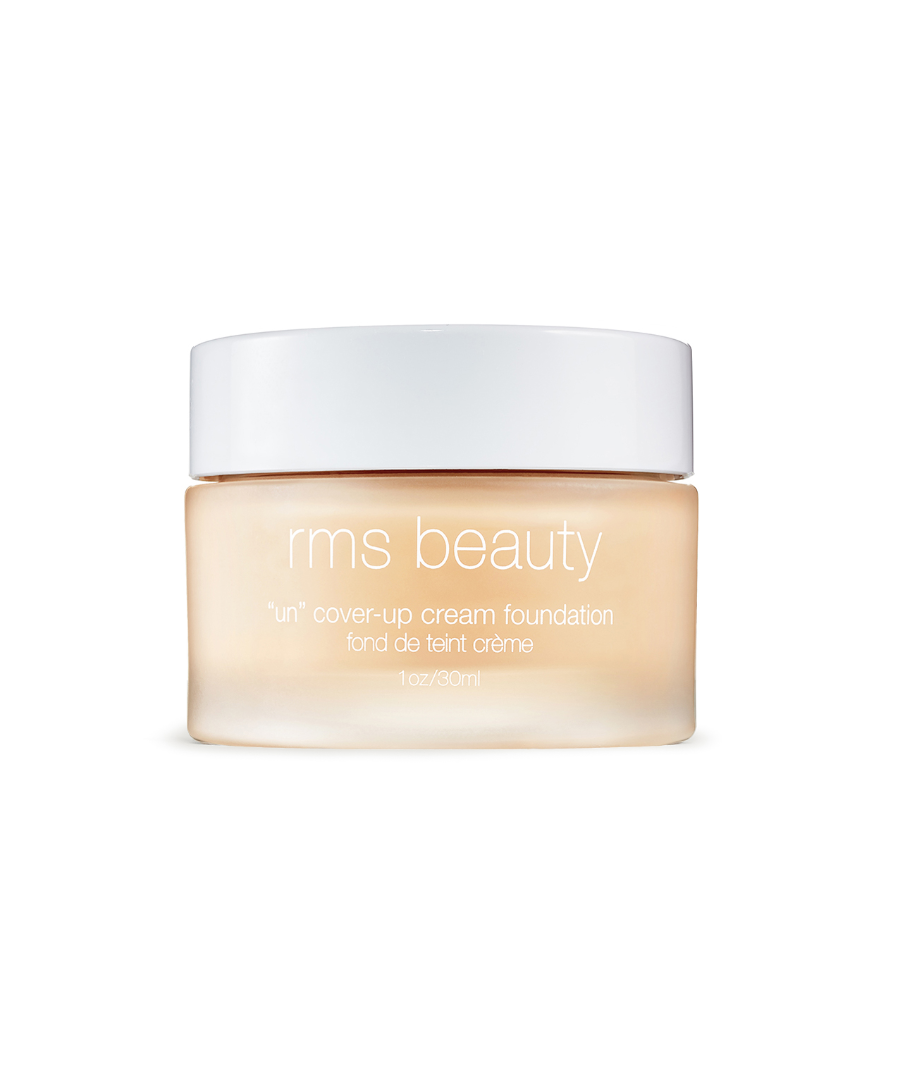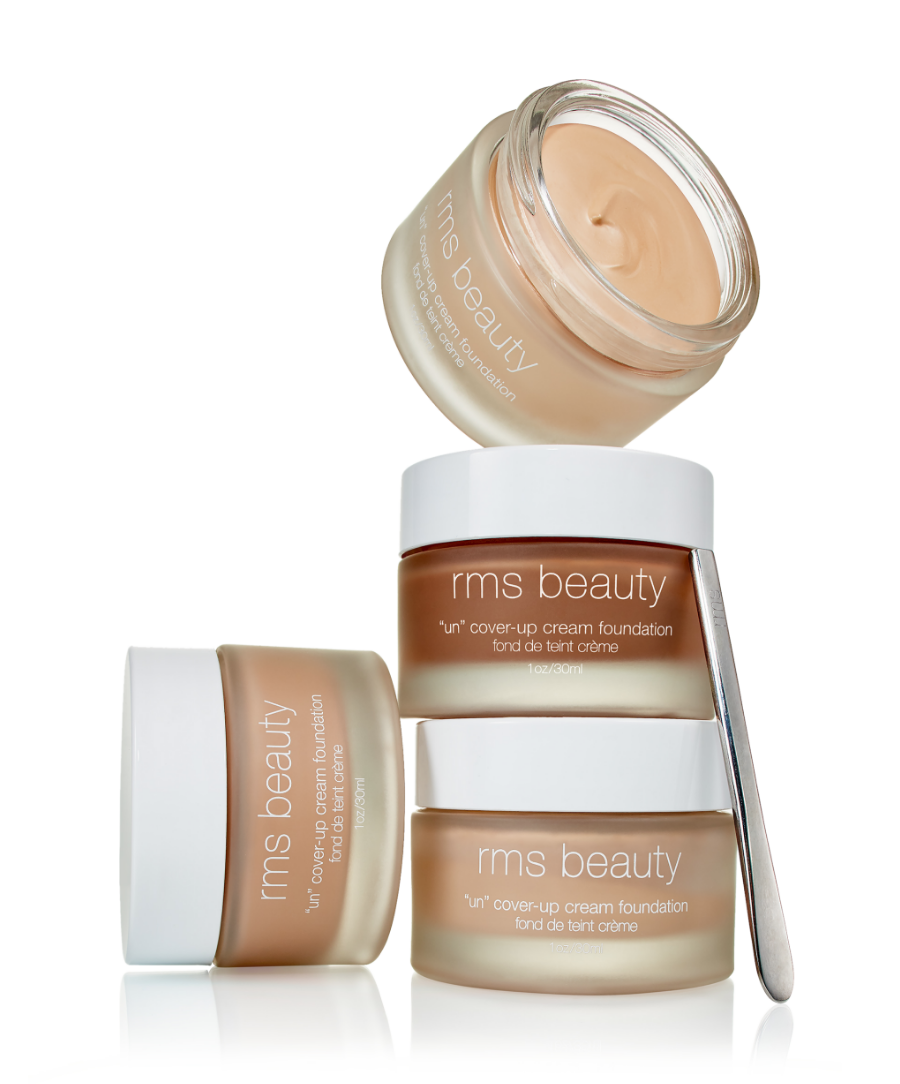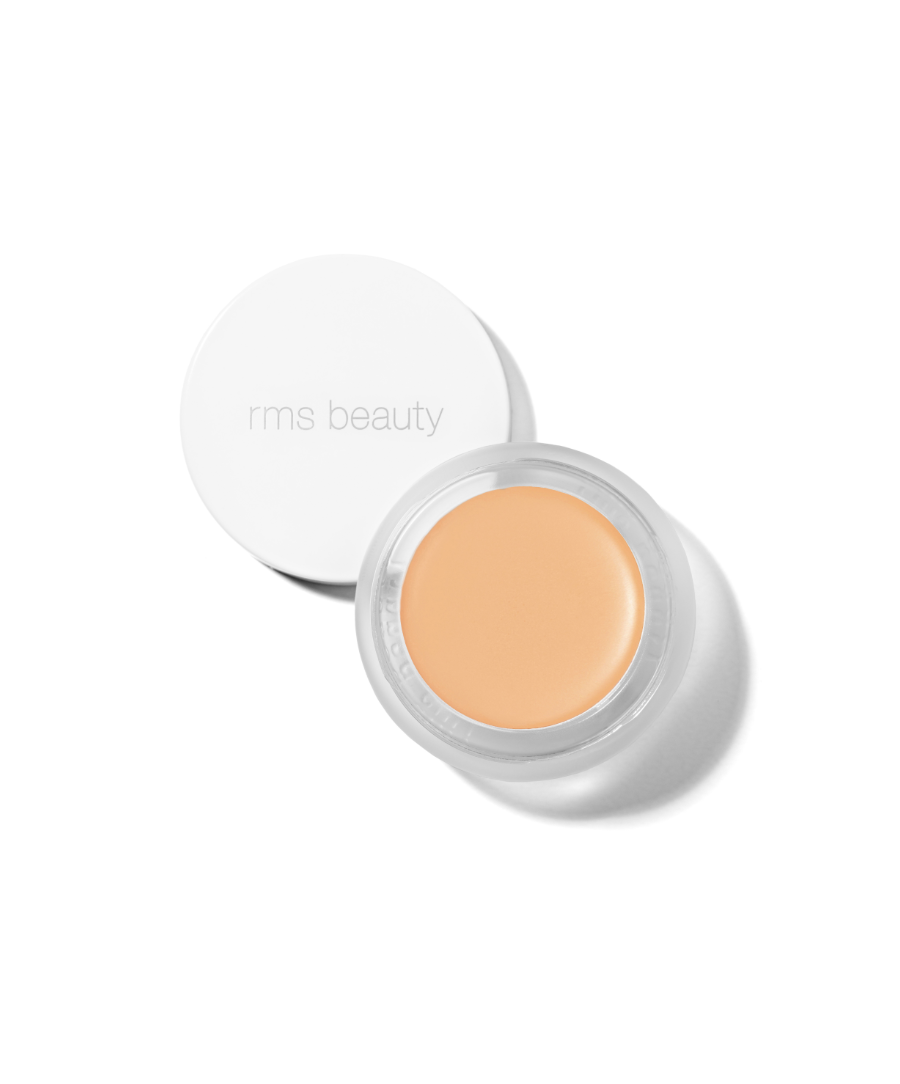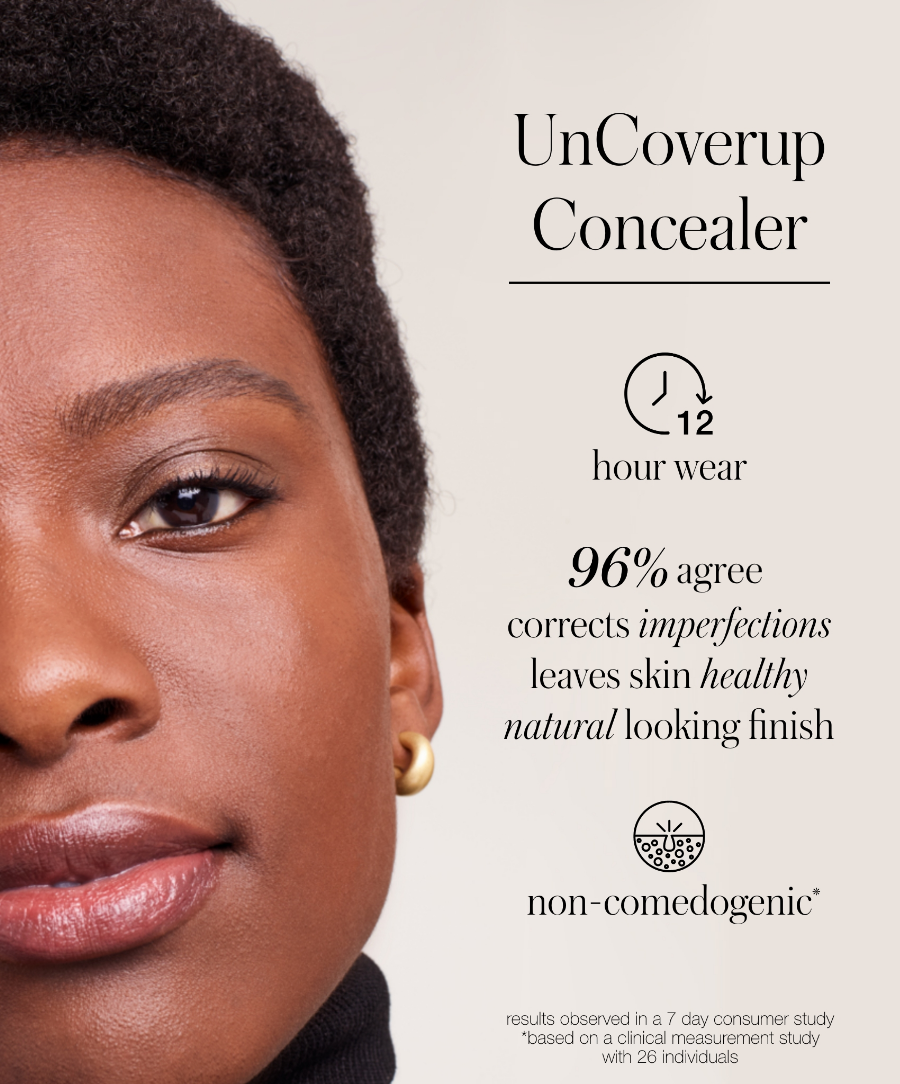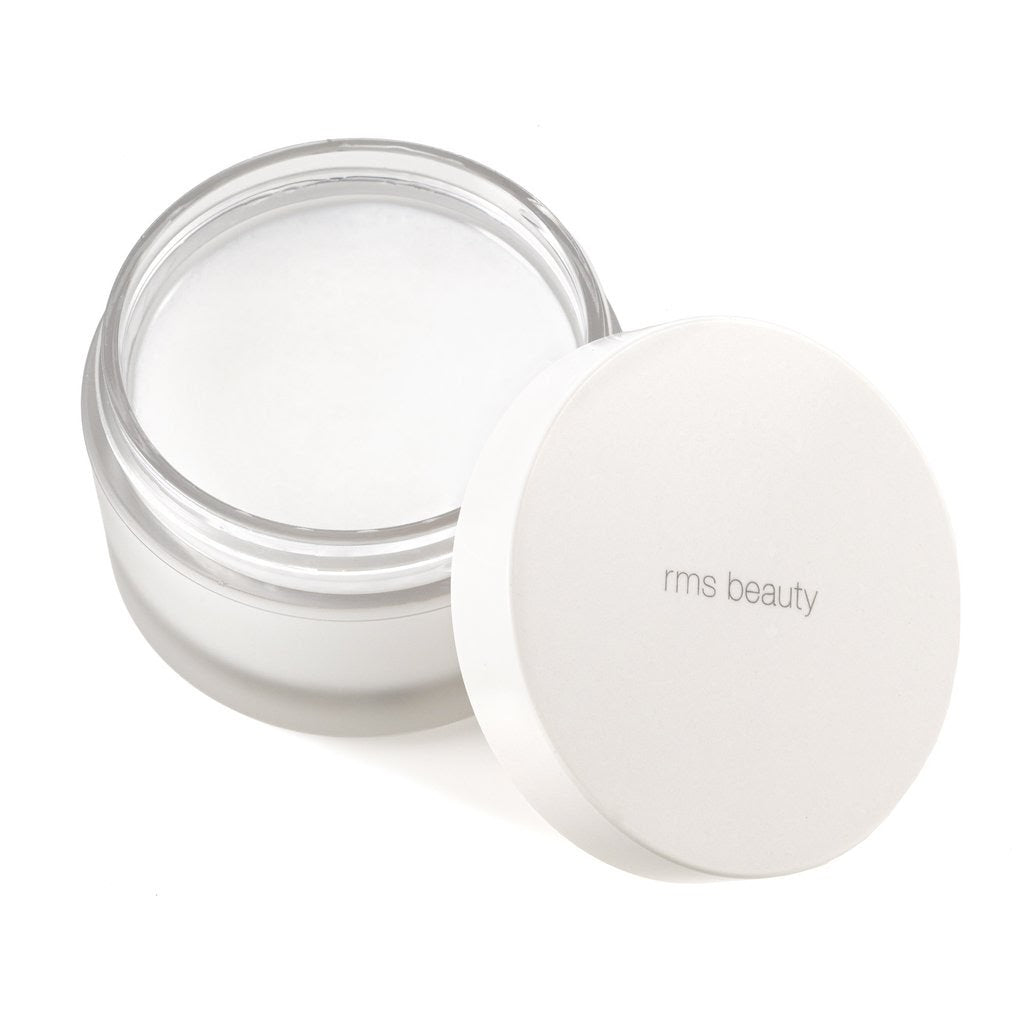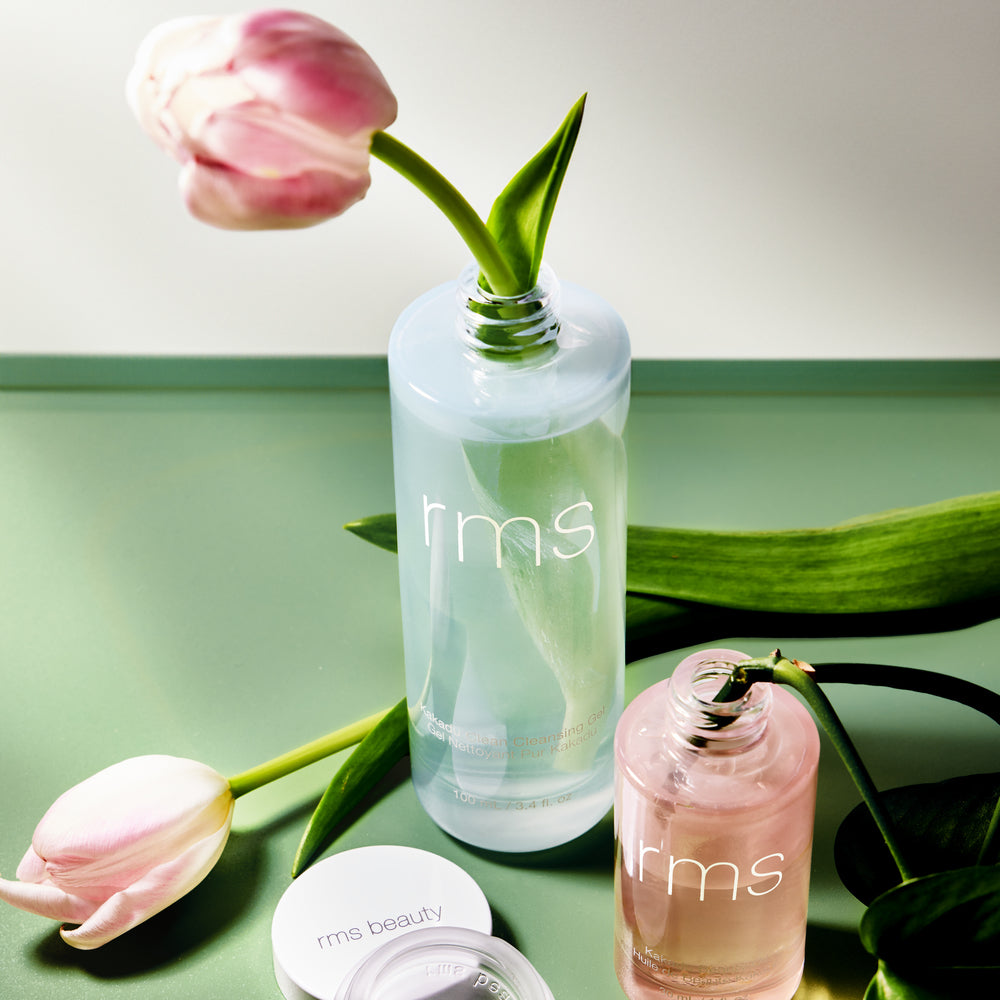Shade Finder: How To Find the Right Shade for Foundation and Concealer
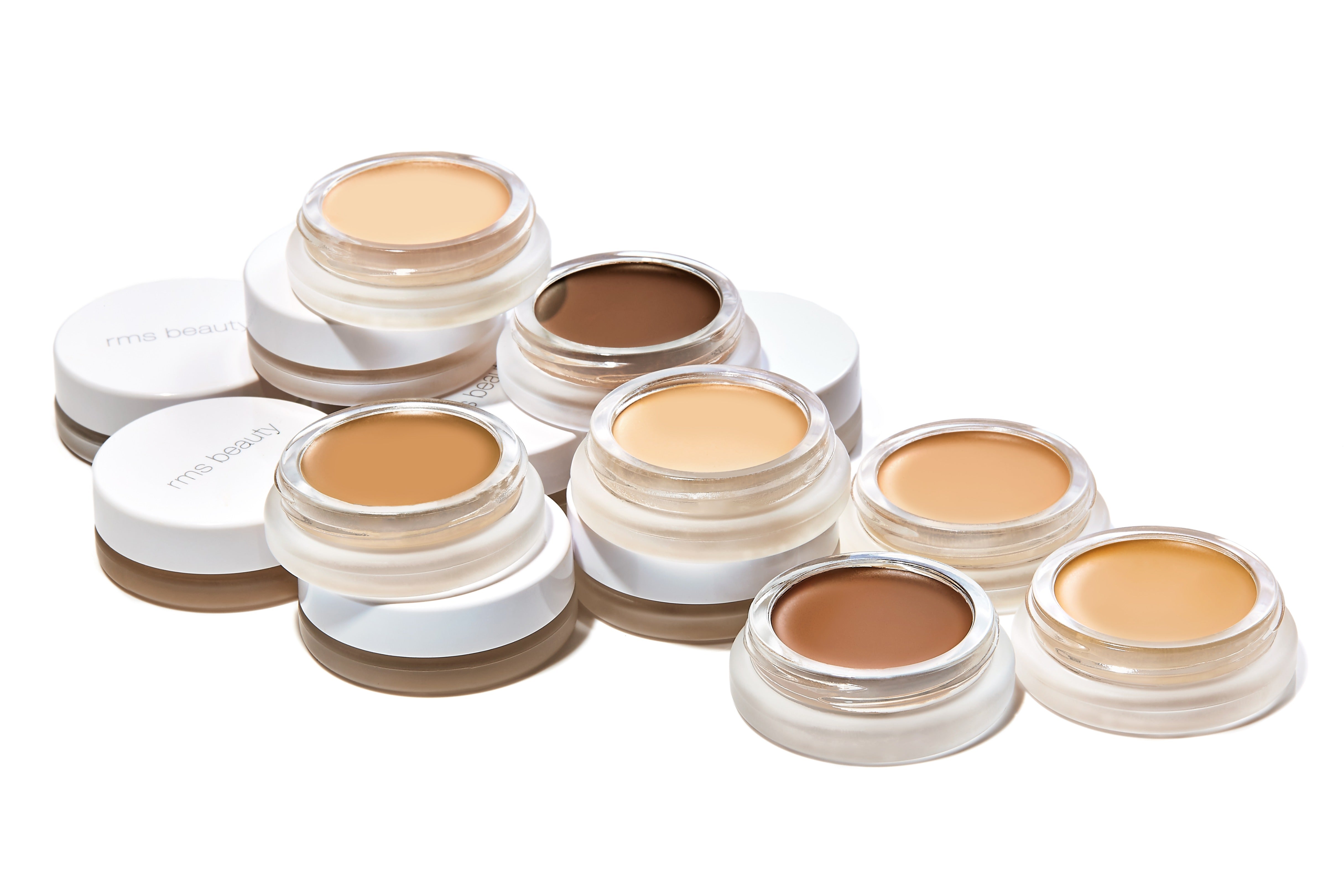
Most of us spent the 90s creating makeup looks with full coverage foundation that was a few shades lighter (or darker) than our natural skin tones. Nevertheless, we layered on our longwear foundations, making sure to create a defined, noticeable edge on our jawline that essentially made us look like we were wearing a mask.
Thankfully, we’ve got better foundation and concealer options, and expert makeup artists to help us find our perfect match within an entire shade range, not to mention giving us tips on proper application of loose powder foundation versus liquid foundation versus the mere tinted moisturizer.
We can let our natural skin tone shine through, and use skincare and makeup products that work with our skin to help bring out our natural beauty instead of covering it up.
We sat down with makeup guru and RMS Beauty founder, Rose-Marie Swift to find out the secrets to finding the right shade of foundation and concealer (even if you are shopping online and only doing a virtual try-on).
What is the Difference Between Foundation and Concealer?
Both foundation and concealer are products that deliver coverage to your skin to help even out skin tone and create a neutral (often matte) palette for the remainder of your cosmetics.
Foundation is usually used for the entire face, or in areas where you would like extra coverage. Concealer is typically used under the eyes to cover discoloration like dark circles, or over blemishes.
Both products can be used all over the face, depending on the level of coverage you want, and what you’re attempting to conceal and/or correct. Most of the time, you’ll want to use as little product as possible to allow your natural skin tone to shine through for a flawless, natural finish.
Concealers and foundations can range in texture from sheer coverage to full, selfie-worthy coverage. The formula you choose depends on how much coverage you want or need, plus of course, your skin type.
Should Foundation Be Lighter or Darker Than My Skin?
“Your foundation should always be the same color as your skin. Always.” advises Rose-Marie.
Even if you want a sunless tan, you won’t use a darker shade of foundation. This will only leave your skin looking ruddy and create a disaster around the edges of your face.
It’s best to create a natural tan with products that mimic a sun-kissed look, like bronzer, rather than applying dark foundation over your entire face.
Likewise, if you’ve gotten a bit too much natural sun, attempting to downplay it with a lighter foundation shade will only look more noticeable. Instead, use a good moisturizer and highlight your skin with a luminizer.
How Do I Know What Foundation Shade I Am?
The first step in your foundation shade finder journey is finding your skin’s natural undertones. You can determine your skin’s undertones by looking closely at the skin on your cheek.
Your undertones will fall into one of three categories:
- Cool. Cool undertones have hues of blues, reds, and pinks. Usually cool undertones have veins that are more visible under the skin.
- Warm. Warm undertones will look yellow, golden, and peach. More of the skin’s natural melanin is visible in warm skin tones.
- Neutral. Neutral skin tones show a mix of both cool and warm undertones.
Many foundations are classified by skin undertone. Once you know you’re shopping in the correct family of undertones, you can match a shade to your skin tone by swiping a bit on your cheek.
Never test a foundation on your hand. The skin on your hand is usually a completely different shade than your face. Hold your hand up to your face to notice the difference.
It’s always best to have an expert help you select your foundation shade.
At RMS Beauty, we offer online consultations to help you find the perfect shade in under a half hour (giving you plenty of time to move onto your real faves like volumizing mascara and lip balm!).
Should My Foundation and Concealer Be the Same Color?
Normally, you’ll want your foundation and concealer to be the same shade. However, there are definite exceptions to the rule. If your job involves a lot of photography (say you’re an influencer in front of a light ring all day) you’ll want a concealer that’s a bit lighter than your foundation. Just remember that the makeup you wear in front of the camera is normally too intense for everyday wear.
Rose-Marie recommends a concealer that has a slightly salmon tone to help counteract the bluish hues you often see under the eyes due to stress, heredity, and thin skin.
If you want to brighten the under eye area, choose a concealer that is no more than one shade lighter than your foundation.
Can I Match My Foundation and Concealer Shades Online?
Yes! RMS offers custom one on one consultations to help you determine which shades are right for you. Our online consultations give you the opportunity to meet with a makeup expert who will take the time to help you find the perfect products and shades to create the looks you want.
We can also offer shade suggestions if you submit a photograph through our website. These photographs should be close up, with no makeup or filters, and taken in natural light.
Talk about accessibility through a pandemic!
Do I Need a Different Foundation and Concealer for Different Seasons?
Maybe, but if you’re taking good care of your skin, probably not. In other words, if you tan in the summer, you’ll likely need a different shade, but wearing sunscreen should keep your skin tone pretty consistent throughout the year, varying by just barely a shade if at all, and will also help you avoid sun damage that could cause premature skin aging.
What is Color Correcting Concealer?
Color correcting concealer works to neutralize areas of discoloration you have on your skin or under your eyes. For instance, a concealer with a slightly salmon undertone helps correct dark undereye circles. The best way to correct discoloration, however, is by using application techniques that help correct blemishes.
What Should I Do If I Bought the Wrong Shade of Foundation or Concealer?
You may have the correct shade, but it’s best to check with an expert to be sure.
If you’ve purchased a shade that is too dark, save it and use it in the summer when your skin tone is likely to be just a bit darker. You can also use it as a shading product to help sculpt the face and create more depth.
If your shade is too light, keep it for winter or use it exclusively under the eyes to help brighten them.
Our Picks
At RMS, you’ll find we specialize in offering products that offer complimentary coverage for your skin.
Our “Un” Cover-Up Cream Foundation and “Un Cover-Up Concealer create beautiful, flawless skin that looks radiant and real in even the harshest synthetic lighting.
You’ll never feel like your skin isn’t your own when using our products. Our products work synergistically with your skin to help it stay in the spotlight instead of the product.
As always, our products are the cleanest and greenest in the industry. Formulated with living, raw ingredients, our foundations and concealers never contain any harsh chemicals, toxins, or skin irritants. Our products are full of certified organic ingredients and 100% cruelty-free, so you can have peace of mind when using your favorite shades.
For further help selecting the perfect foundation and concealer shades (and recommendations for other cleaner, greener beauty products) schedule a 121 consultation with us -- we are so happy to help you find your own beauty!
Sources:
https://www.health.harvard.edu/staying-healthy/sun-damaged-skin-a-to-z


